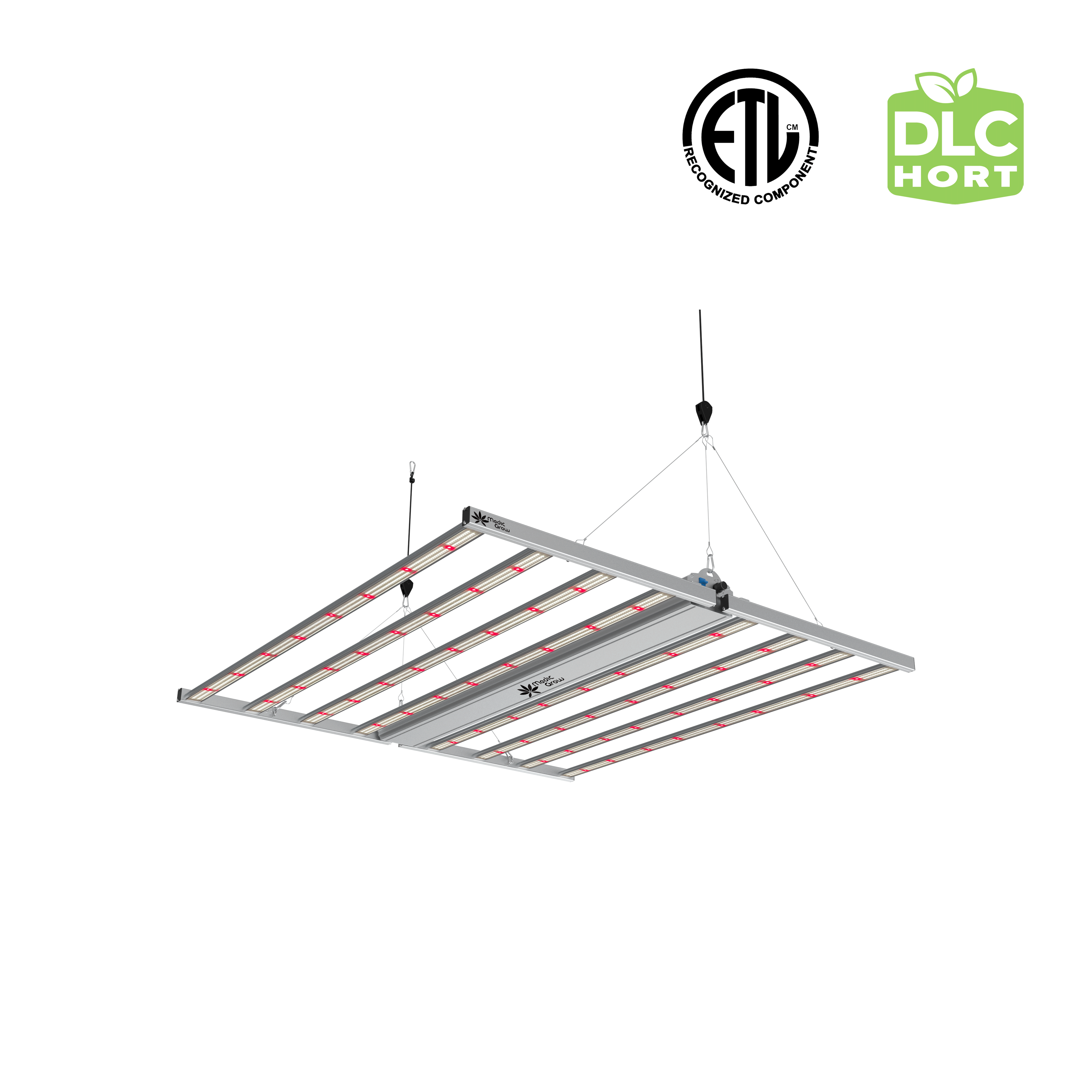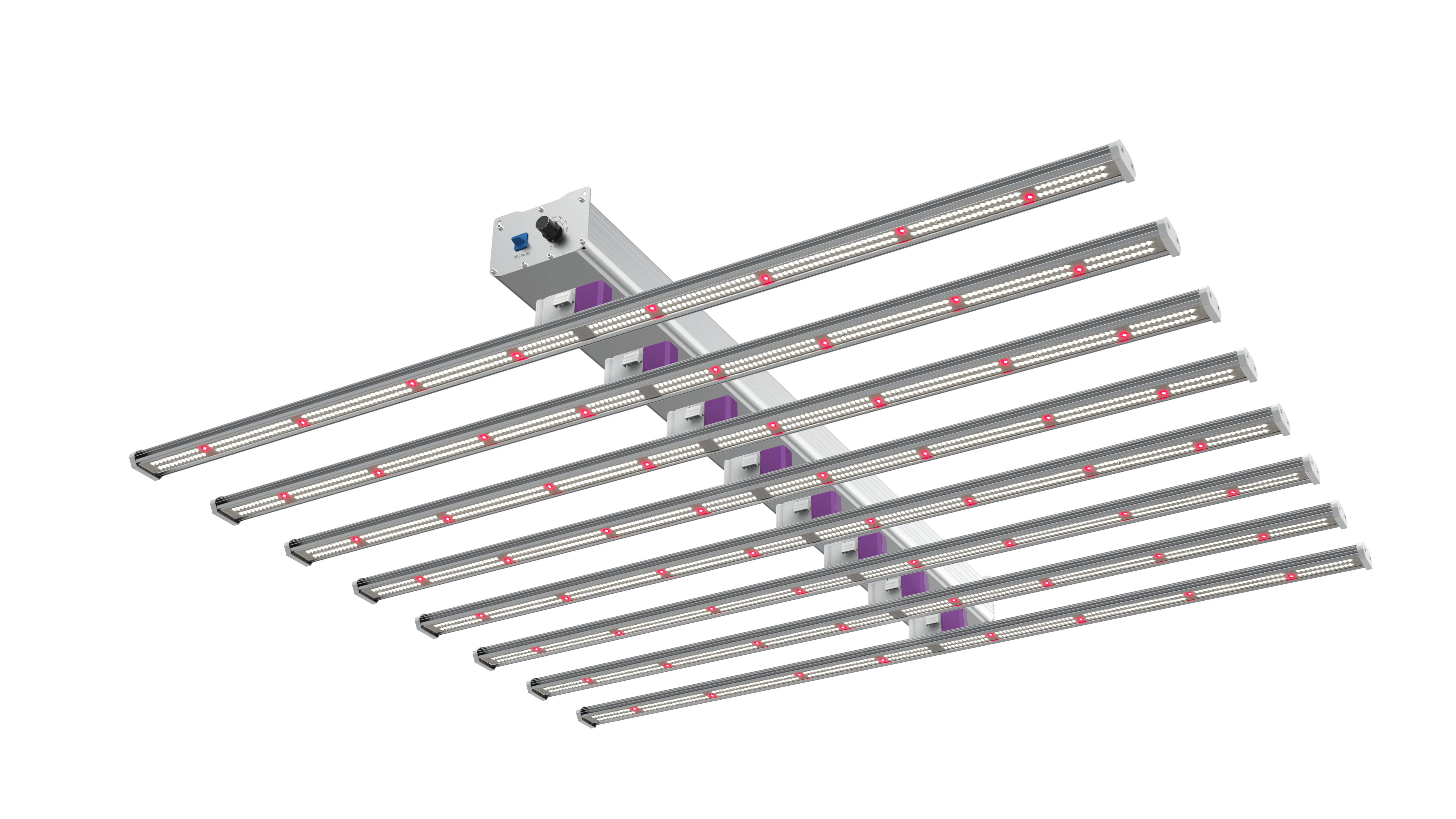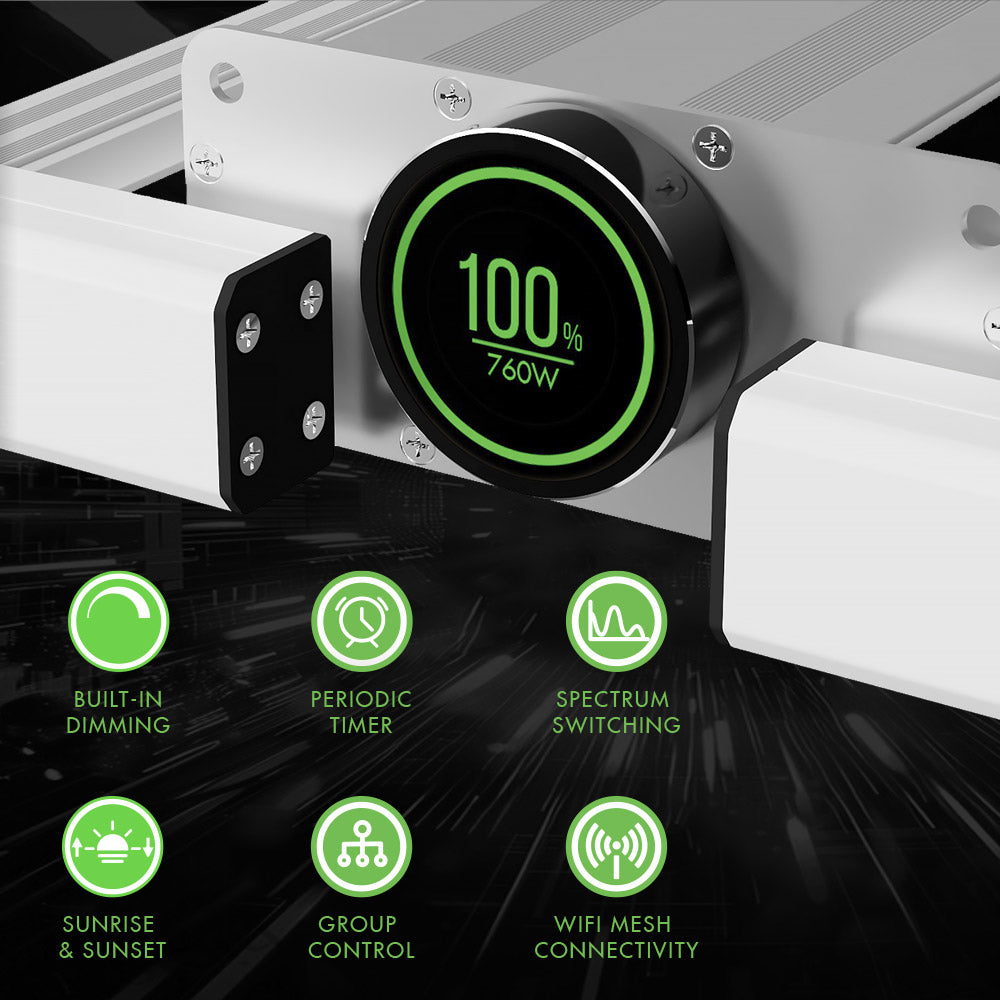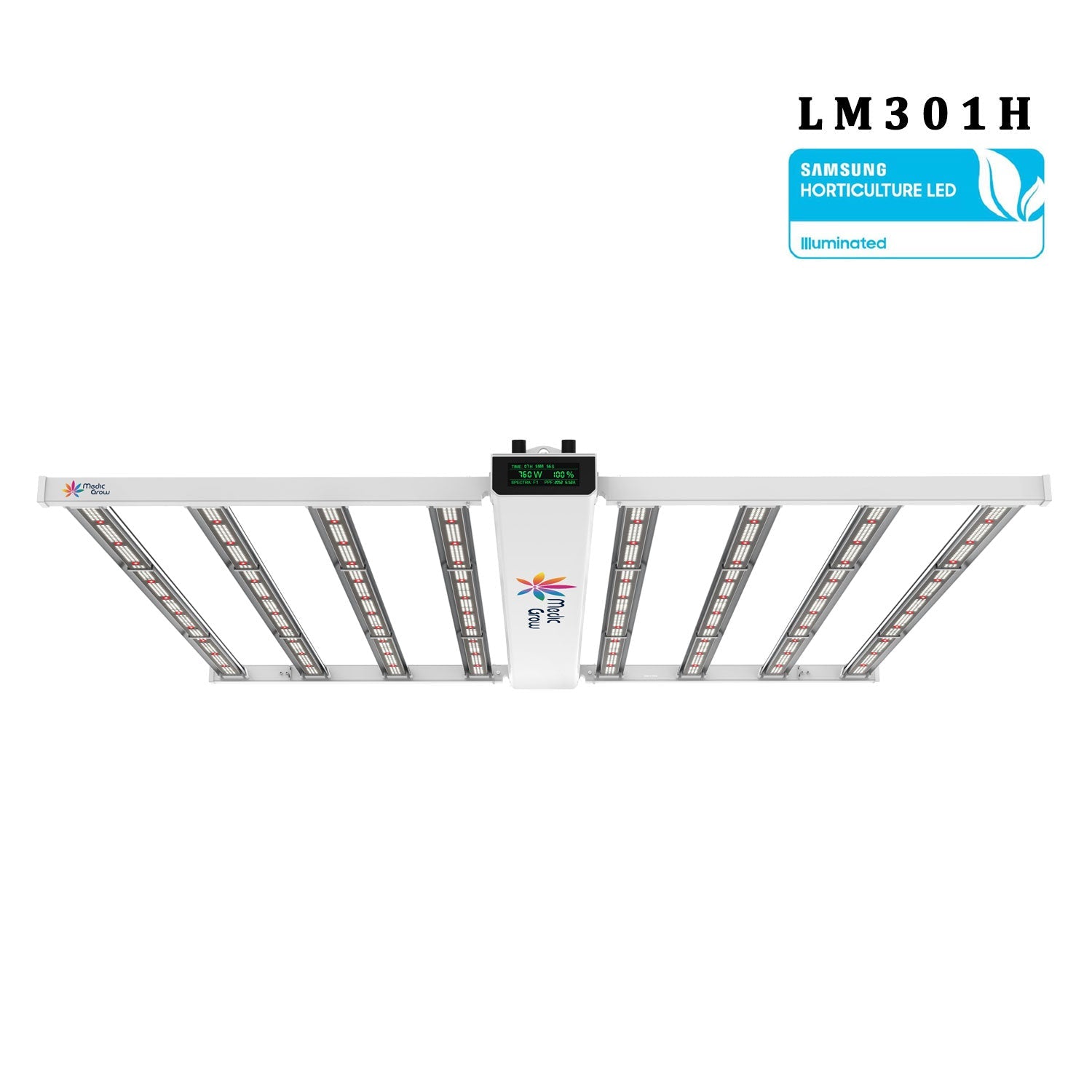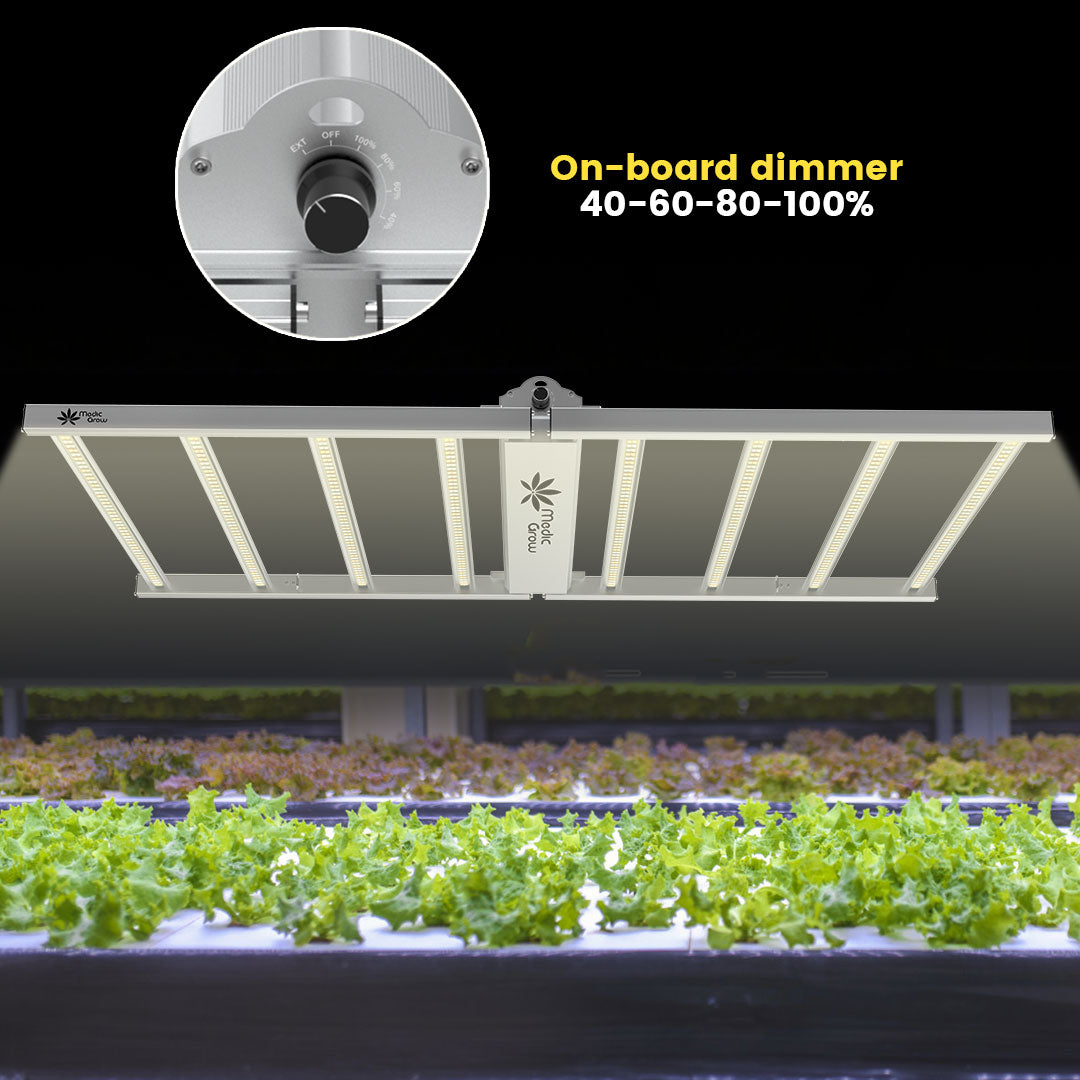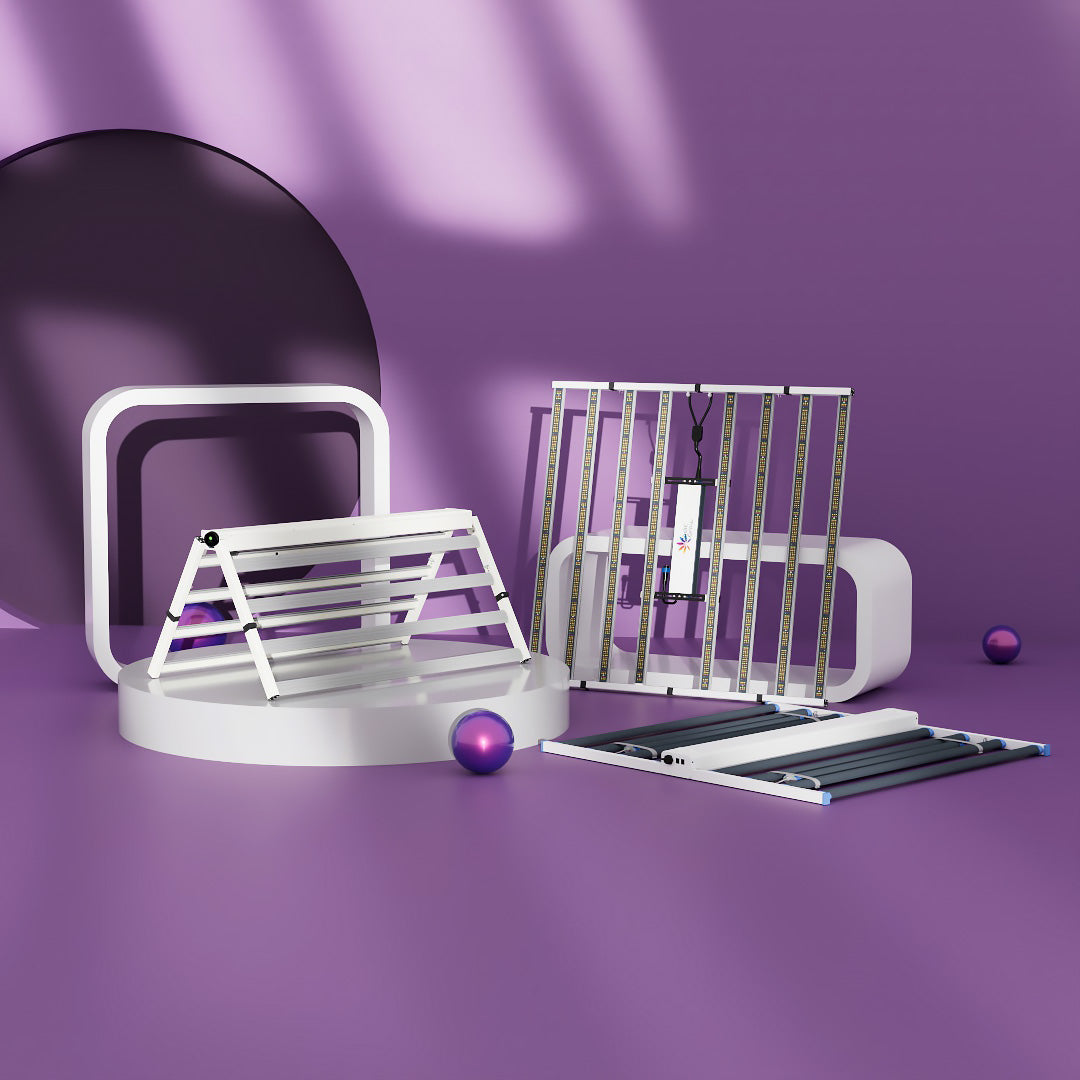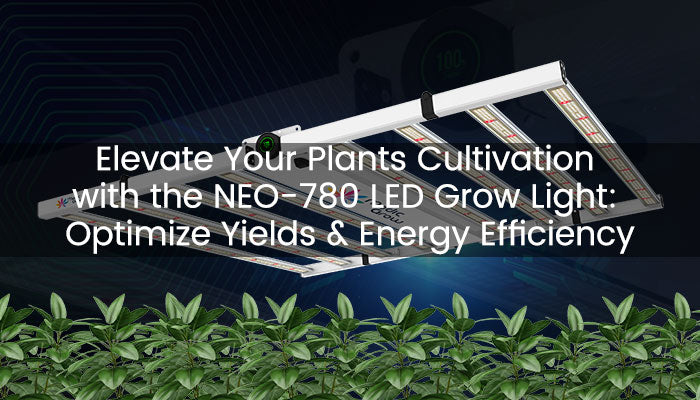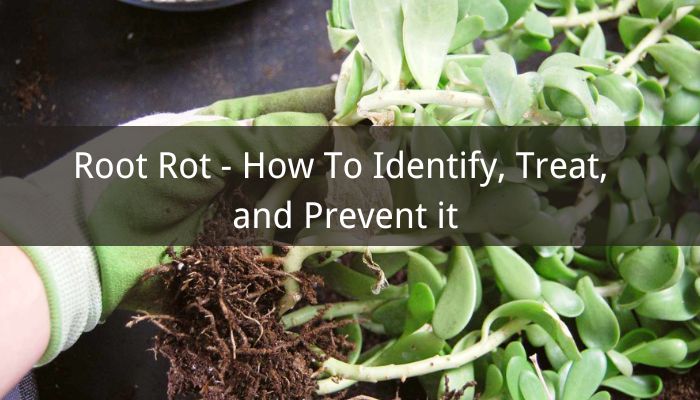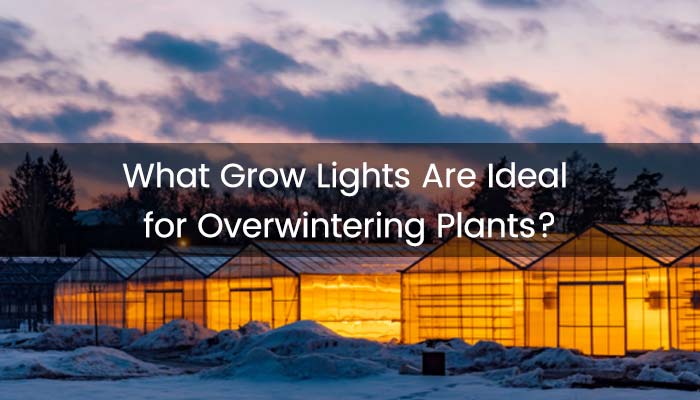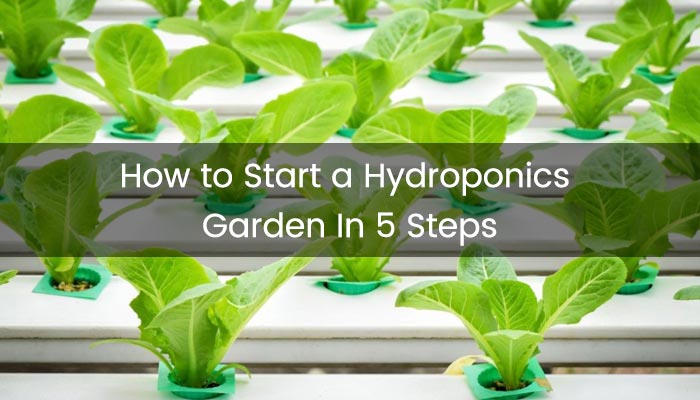
Indoor vs. Outdoor Growing: Benefits and Drawbacks
When it comes to growing plants, whether it's vegetables, flowers, or herbs, there are two main options: indoor and outdoor growing. Each method has its own set of benefits and drawbacks, and understanding them can help you make an informed decision about which approach is best for you.
What are the benefits of indoor growing?
Indoor growing offers several advantages that make it an attractive option for many gardeners. One of the biggest benefits is the ability to control the environment like grow tent kits. With indoor growing, you have complete control over factors such as temperature, humidity, and lighting. This allows you to create the ideal conditions for your plants to thrive.
Another benefit of indoor growing is the ability to grow plants year-round. Unlike outdoor gardening, which is often limited to specific seasons, indoor gardening allows you to grow plants in a growing tent regardless of the weather outside. This means you can enjoy fresh produce or beautiful flowers even in the dead of winter.
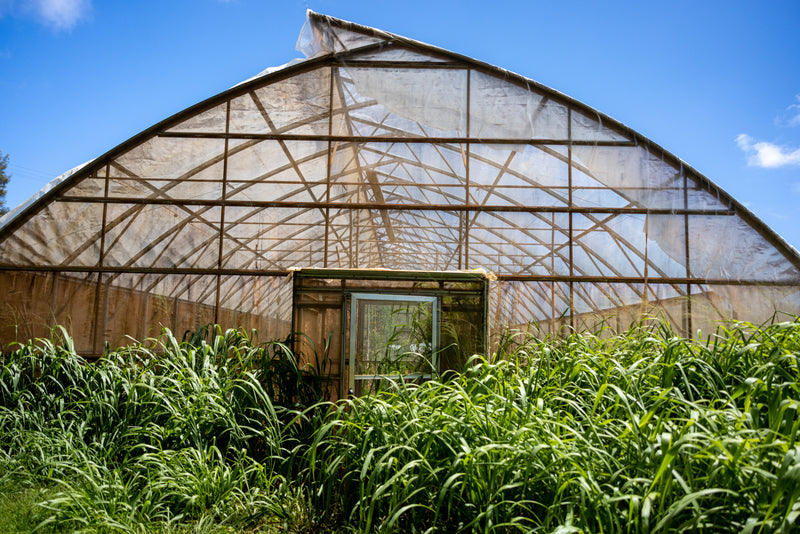
Indoor growing also offers protection from pests and diseases. By keeping your plants indoors, you can minimize the risk of infestations and diseases that can wreak havoc on your garden. This can save you time, money, and frustration in the long run.
What are the drawbacks of indoor growing?
While indoor growing has its benefits, it also has some drawbacks that you should consider. One of the main drawbacks is the cost. Setting up an indoor garden can be expensive, especially if you need to invest in LED grow lights, ventilation systems, and other equipment. Additionally, indoor gardening requires a dedicated space, which may not be feasible for everyone.
Another drawback of indoor growing is the limited space. Unless you have a large indoor area or a dedicated greenhouse, your growing space will likely be limited. This means you may not be able to grow as many plants or varieties as you would in an outdoor garden.
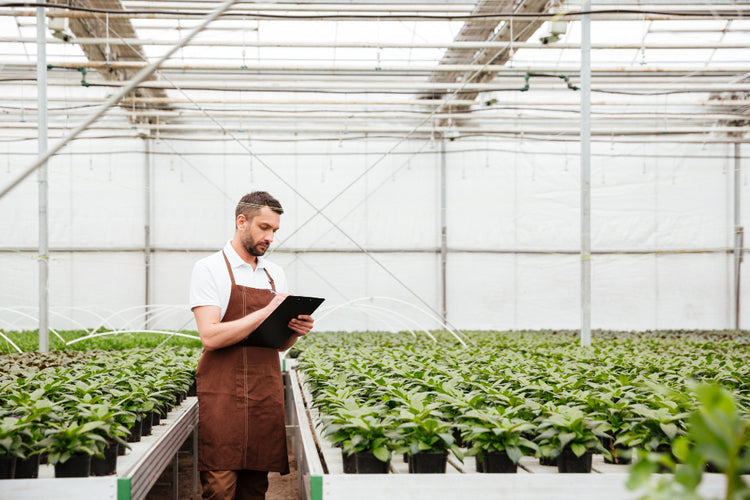
Indoor growing also requires more attention and maintenance. Since you have control over the environment, you need to closely monitor factors such as temperature, humidity, and lighting to ensure optimal conditions for your plants. This can be time-consuming and may require a steep learning curve for beginners.
What are the benefits of outdoor growing?
Outdoor growing has its own set of advantages that make it a popular choice for many gardeners. One of the biggest benefits is the abundance of natural light. Outdoor plants have access to the full spectrum light, which is essential for photosynthesis and plant growth. This can result in healthier, more vigorous plants.
Another benefit of outdoor growing is the cost savings. Unlike indoor gardening, outdoor gardening doesn't require expensive equipment such as grow lights or ventilation systems. All you need is a plot of land, some seeds or seedlings, and basic gardening tools.
Outdoor gardening also allows for greater plant diversity. With more space available, you can grow a wider variety of plants and experiment with different species and cultivars. This can be especially appealing for those who enjoy biodiversity and want to explore different gardening techniques.
What are the drawbacks of outdoor growing?
While outdoor growing has its benefits, it also has some drawbacks to consider. One of the main drawbacks is the lack of control over the environment. Outdoor plants are subject to the whims of nature, including temperature fluctuations, pests, and diseases. This can make it more challenging to maintain optimal growing conditions.
Another drawback of outdoor growing is the seasonal limitation. Depending on your location, you may only be able to grow plants during certain times of the year. This means you'll have to wait for the appropriate season to start your garden and may have a limited harvest window.
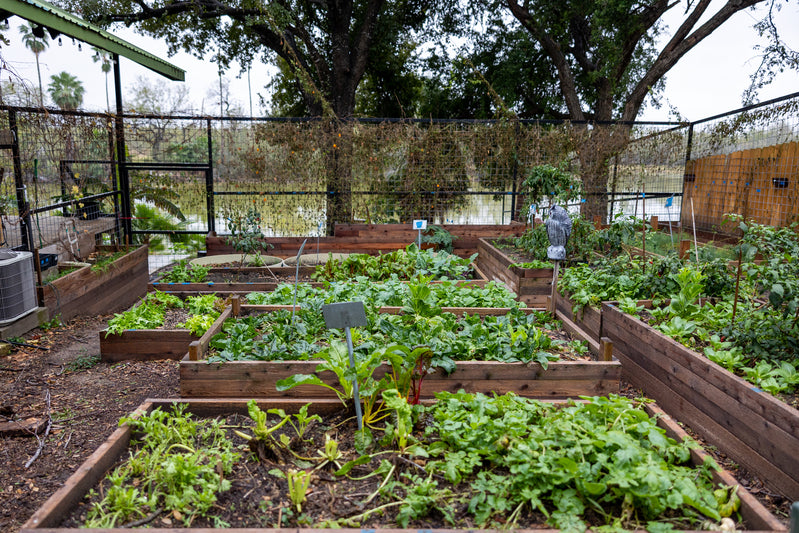
Outdoor gardening also requires more physical effort. From preparing the soil to watering, outdoor gardening can be physically demanding, especially for larger gardens. This is something to consider if you have limited mobility or health issues that may make it difficult to tend to an outdoor garden.
In conclusion, both indoor and outdoor growing have their own unique benefits and drawbacks. Indoor growing offers control over the environment, year-round gardening, and protection from pests and diseases. On the other hand, outdoor growing provides natural light, cost savings, and greater plant diversity. Ultimately, the choice between indoor and outdoor growing depends on your specific needs, resources, and gardening goals.
Related article:
Do Indoor Plants Need UV Light?
Featured Products
Blog Posts
Contact Us with Any Idea!
- Choosing a selection results in a full page refresh.
!













